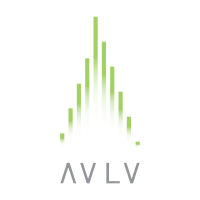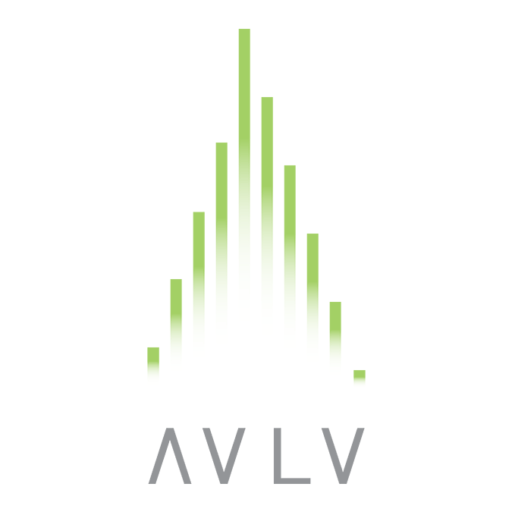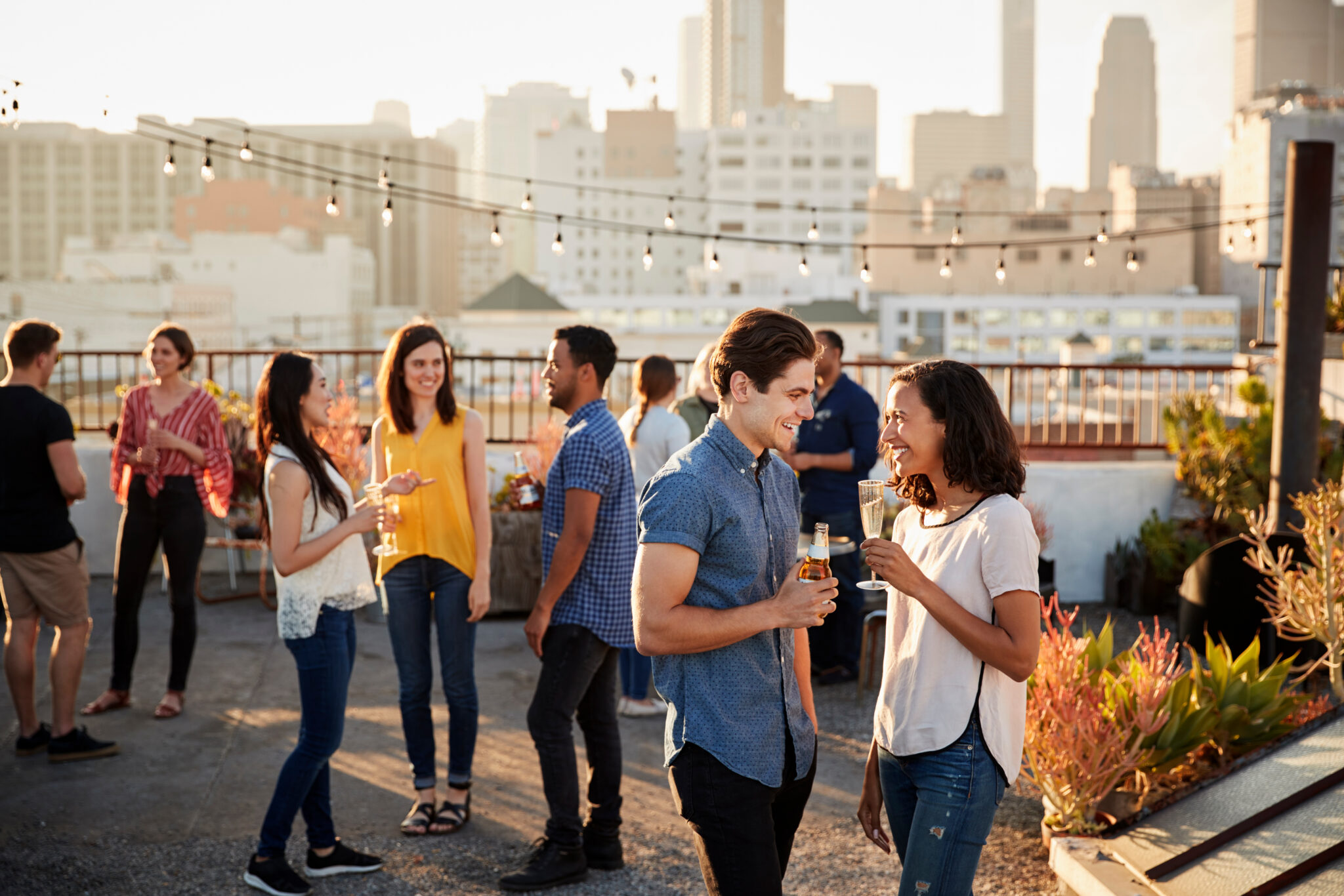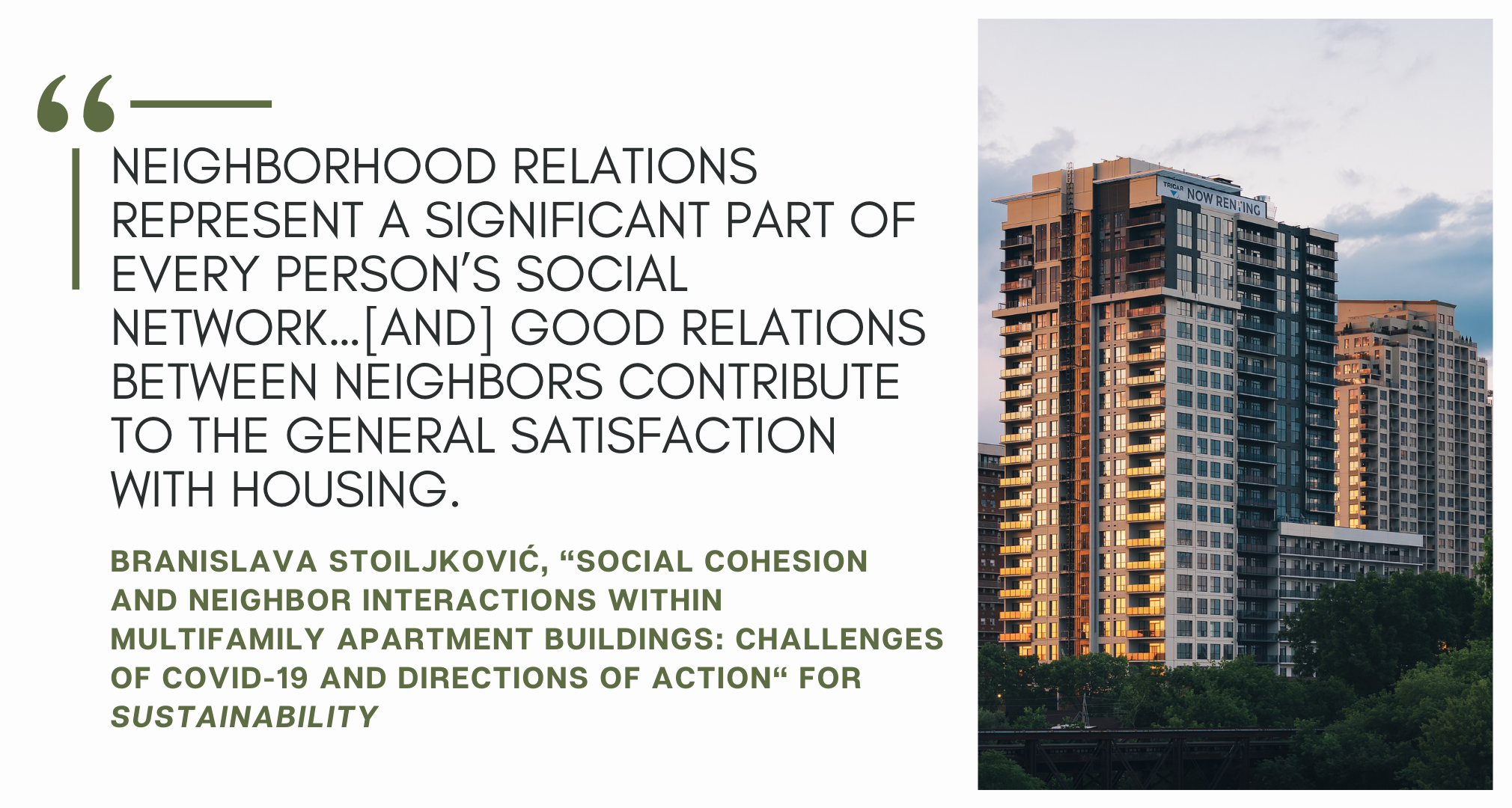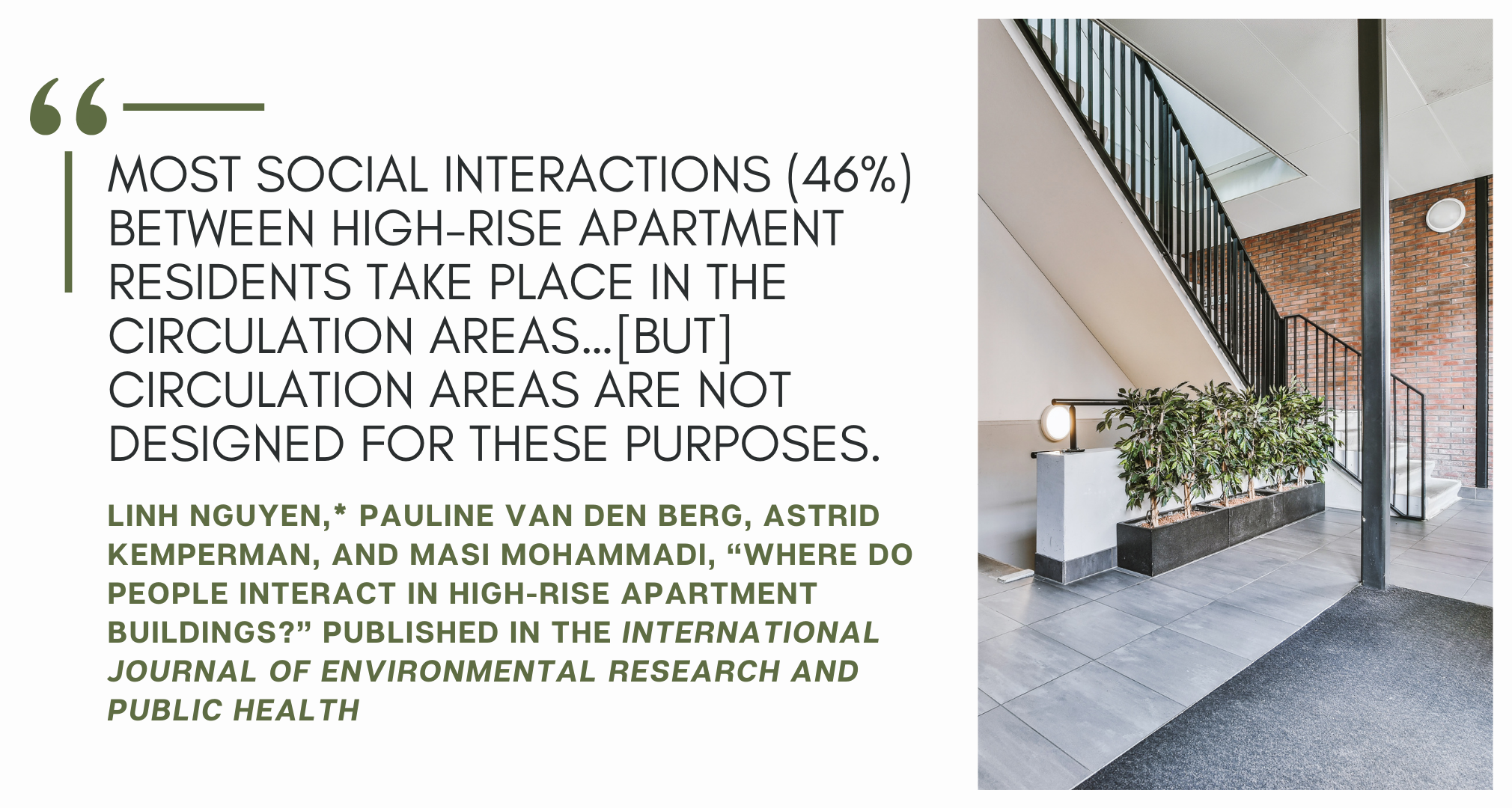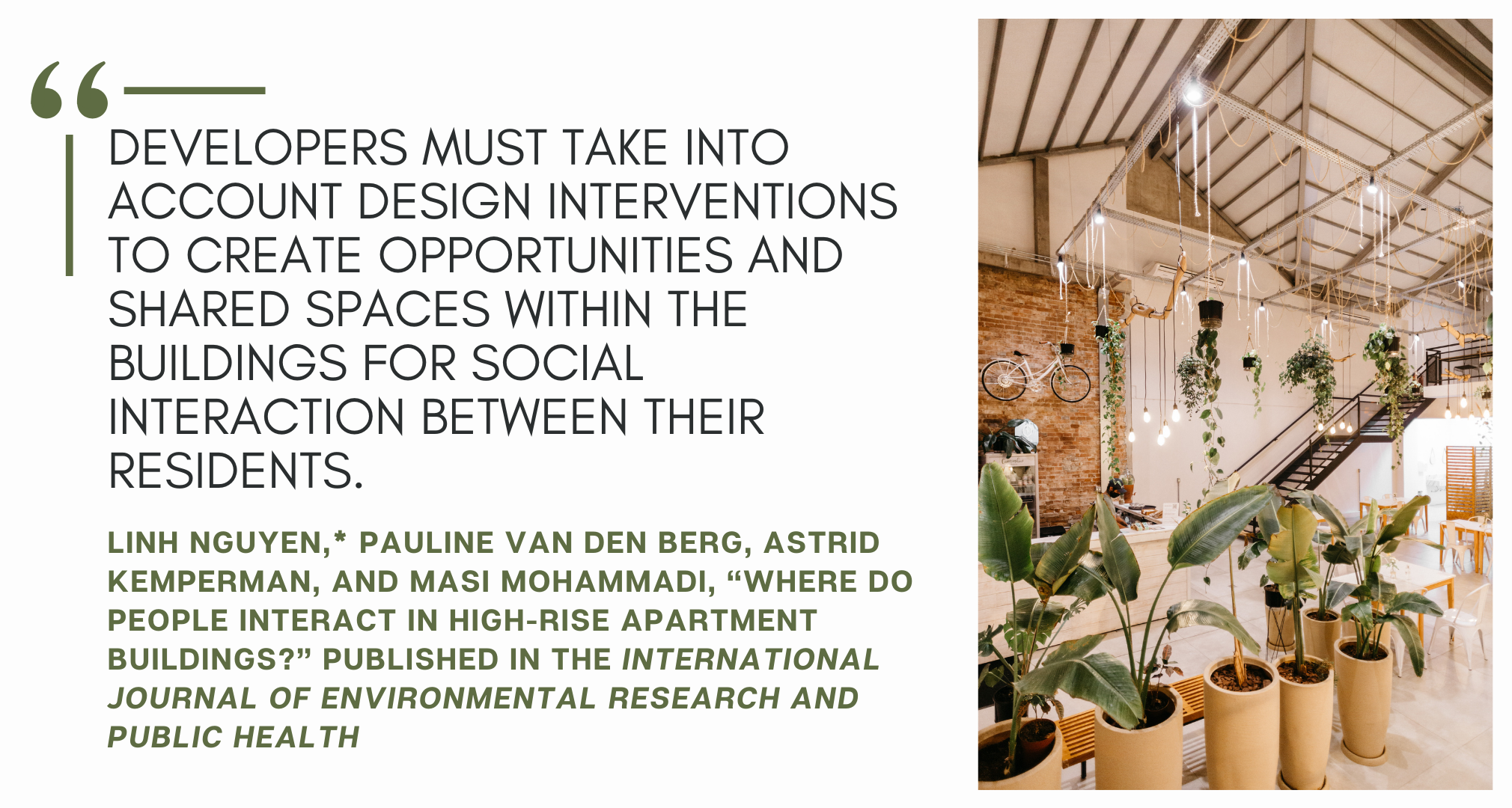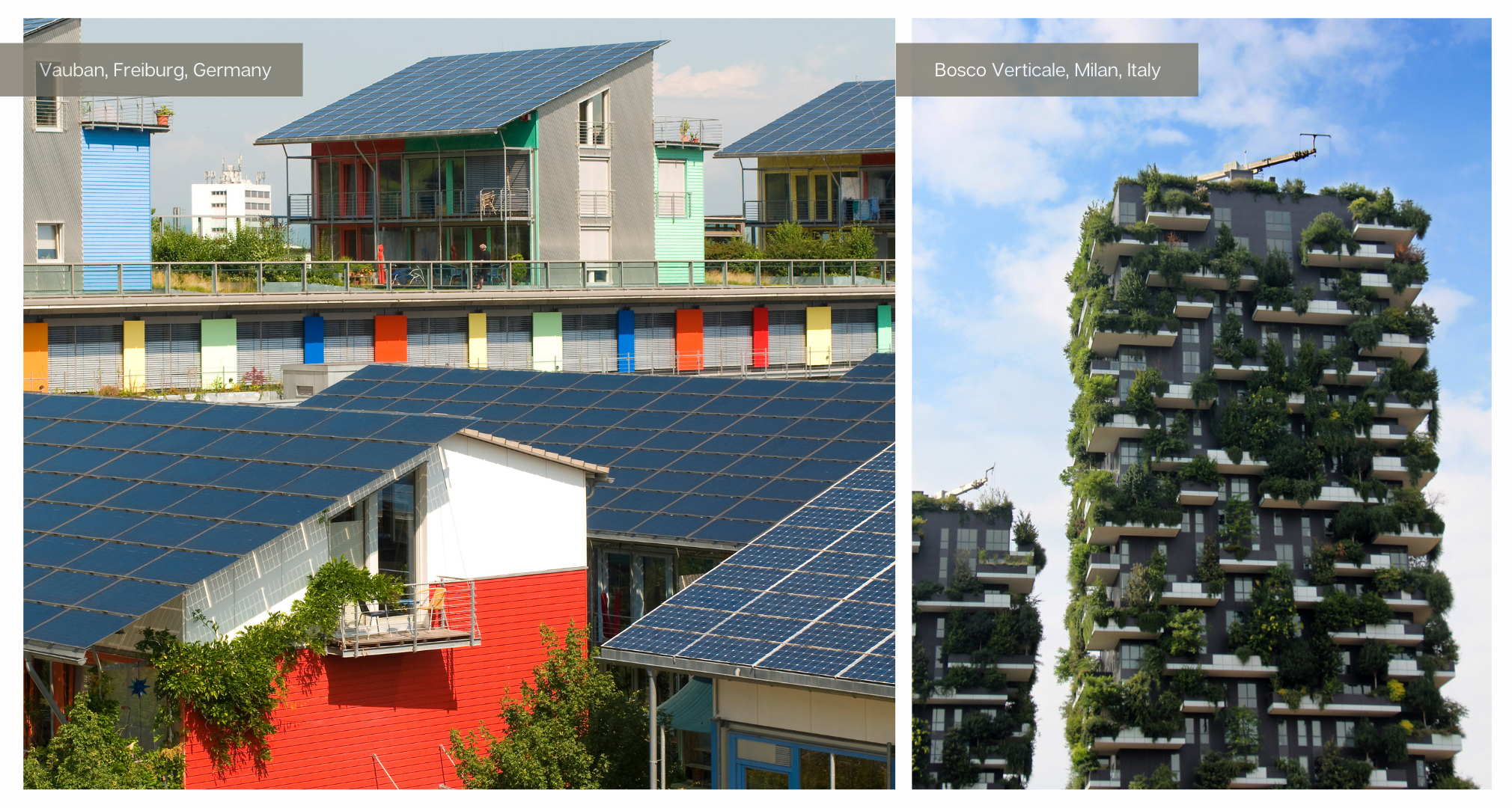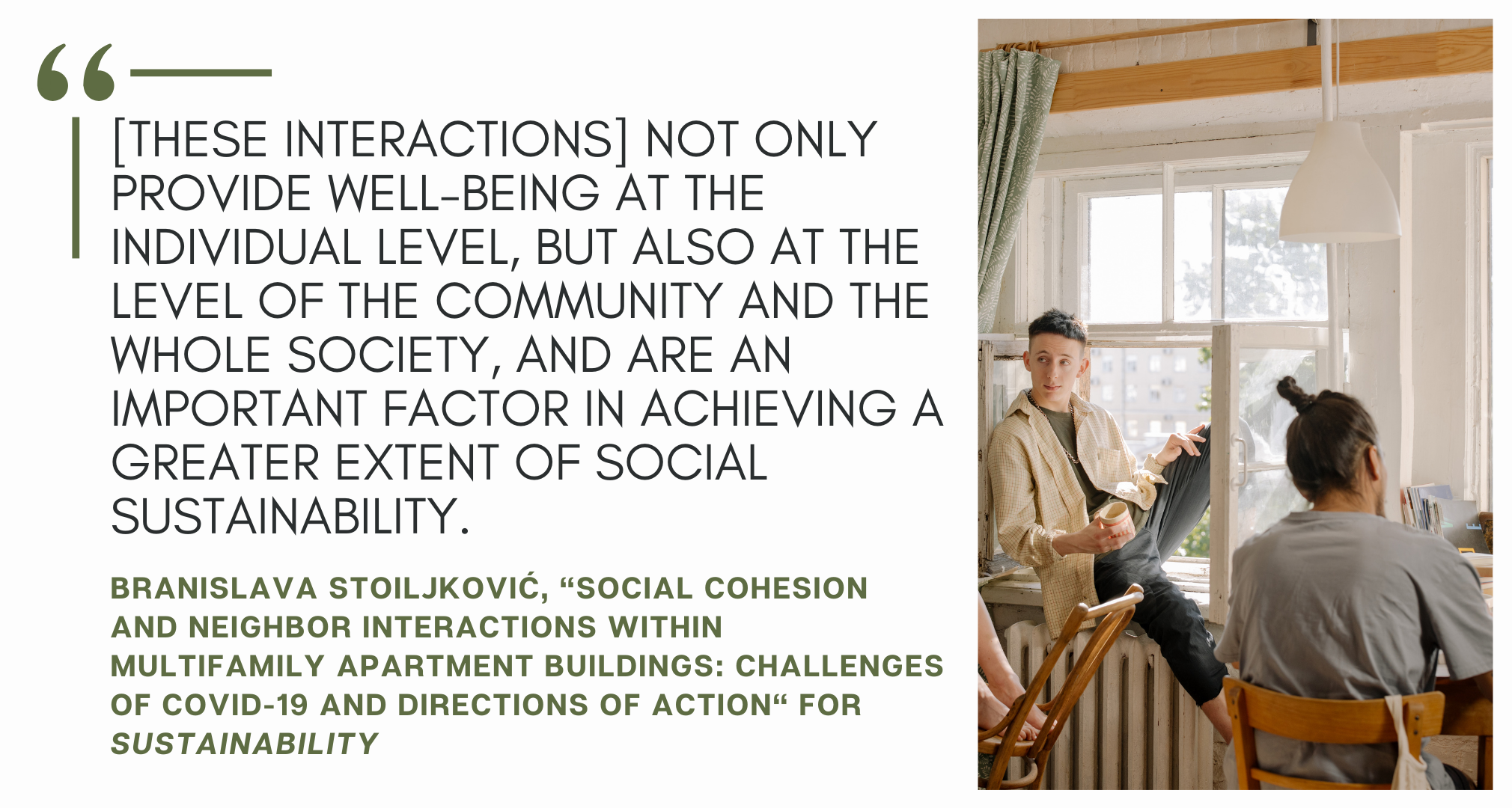Apartment complexes often house a diverse group of residents, which can be enriching but also present challenges. Residents from different age groups, cultures, and backgrounds may have varying interests and lifestyles, making it more challenging to find common ground and engage in meaningful social interaction.
Apartment living is often associated with higher turnover rates compared to homeownership. Residents frequently move in and out, making it difficult to establish lasting social connections. The uncertainty of how long one’s neighbors will remain in the complex can deter individuals from investing time and effort in building relationships.
Language barriers or differences in communication styles can impede social interaction. Residents who speak different languages or have different communication preferences may struggle to connect effectively, hindering the development of meaningful relationships.
Not all residents are naturally inclined to engage in social activities or actively seek social interaction. Introverted individuals, in particular, may find large gatherings draining and prefer more intimate, one-on-one interactions or solitude.
A lack of proactive efforts to organize events or initiatives that promote social interaction can stifle community-building within an apartment complex. If there are no organized gatherings or opportunities for residents to connect, social interaction may remain limited to casual encounters.
Environmental factors in the surrounding neighborhood can impact residents’ willingness to spend time outdoors or in shared spaces. Concerns such as noise pollution, air quality, or safety issues can discourage residents from using communal areas, reducing opportunities for social interaction.
Addressing the challenges to social interaction in apartment complexes requires a multifaceted approach. Let’s start with the ways in which building management and residents can set the stage for positive interactions.
Community events and activities play a crucial role in bringing residents together and strengthening social bonds. Organized events and activities provide structured opportunities for interaction and shared experiences. They can range from simple potluck dinners and fitness classes to book clubs or holiday parties. These events create a sense of belonging and encourage residents to engage with their neighbors. A successful apartment complex may have a regular calendar of events that cater to diverse interests and age groups, ensuring that there is something for everyone.
Effective Communication Channels are essential for keeping residents informed about community news and events. Digital platforms, bulletin boards, newsletters, and social media channels serve as valuable tools for disseminating information. Regular updates about upcoming activities, maintenance schedules, or community news help residents stay engaged and connected. Providing a centralized location for residents to access information and communicate with property management is instrumental in building a sense of community and transparency.
Furthermore, developers can enhance social interaction by prioritizing amenities and facilities that promote communal engagement. Communal kitchens, game rooms, and outdoor seating areas provide spaces where residents can naturally come together. Additionally, amenities like fitness centers and swimming pools serve as organic gathering spots, encouraging residents to interact and build connections.
In fostering a sense of community, some developers take a community-centric approach from the project’s inception. Engaging with potential residents during the planning stages allows developers to gather input and create a shared vision for the apartment complex. Developers who actively incorporate feedback from future residents into the design process tailor the complex to meet their needs and desires, reinforcing the sense of community and ownership.
Sustainability and eco-friendliness are integral components of community-building through design. Environmentally conscious design choices, such as green spaces, recycling programs, and energy-efficient technologies, can create a shared commitment to sustainability among residents. By fostering environmentally responsible behaviors and values, developers contribute to the development of a community that cares for its environment and shared resources.
Technology also plays a crucial role in enhancing community-building efforts within apartment complexes. Developers can leverage technology to facilitate communication and connectivity among residents. Smart apartment complexes may offer digital platforms that enable residents to connect, organize events, or communicate with property management easily. Additionally, integrating security features into the complex enhances residents’ safety and peace of mind, promoting trust and a sense of community.
Lastly, long-term engagement by developers is essential for sustaining a sense of community. Regular surveys, feedback sessions, and updates to amenities and shared spaces based on evolving resident needs demonstrate a commitment to the well-being and satisfaction of the community. These ongoing efforts strengthen the bond between developers and residents, ensuring that the apartment complex remains a thriving and interconnected community in the long run.
Several cities and projects around the world have emphasized social interaction in apartment complexes over the last few decades. These examples showcase different approaches to promoting community and fostering social connections within residential communities. From Vauban in Germany to Kashiwa-no-ha Smart City in Japan, let’s take a look at some of the most successful planned communities around the world.
Vauban is a sustainable neighborhood in Freiburg known for its car-free design, green spaces, and focus on community living. The neighborhood features communal courtyards, shared gardens, and a cooperative grocery store, all designed to encourage residents to interact and engage in environmentally friendly practices.
Co-housing projects have gained popularity in several countries, including Denmark, the United States, and the Netherlands. These intentional communities are designed to facilitate social interaction among residents, often sharing common spaces, meals, and responsibilities.
This former farmhouse has been transformed into a community hub, featuring apartments, a restaurant, cultural spaces, and urban gardens. It has become a gathering place for locals, hosting events and workshops that foster social interaction.
The Collective is a series of co-living spaces in cities like London and New York. It offers furnished apartments with shared amenities such as communal kitchens, lounges, and workspaces, encouraging young professionals to connect and collaborate.
This mixed-income residential development includes social spaces, recreational areas, and a strong emphasis on green design. The layout encourages residents to interact and build a sense of community.
While primarily known for its innovative vertical greenery, Bosco Verticale also promotes social interaction among residents. The unique design encourages gardening and community-building among residents who share the same vertical garden spaces.
This residential development features a private club for residents, which includes amenities like a cinema, lounge, and dining facilities. It fosters a sense of community among its high-end residents.
This environmentally conscious apartment complex is designed to promote interaction among residents. It includes open communal spaces, rooftop gardens, and a focus on sustainable living.
This housing complex is dedicated to providing supportive housing for veterans and homeless individuals. It emphasizes community-building through shared spaces, services, and programs that help residents reintegrate into society.
This planned city incorporates various smart technologies to enhance community living. It features shared spaces, eco-friendly practices, and a focus on work-life balance to encourage social interaction among residents.
